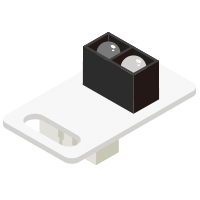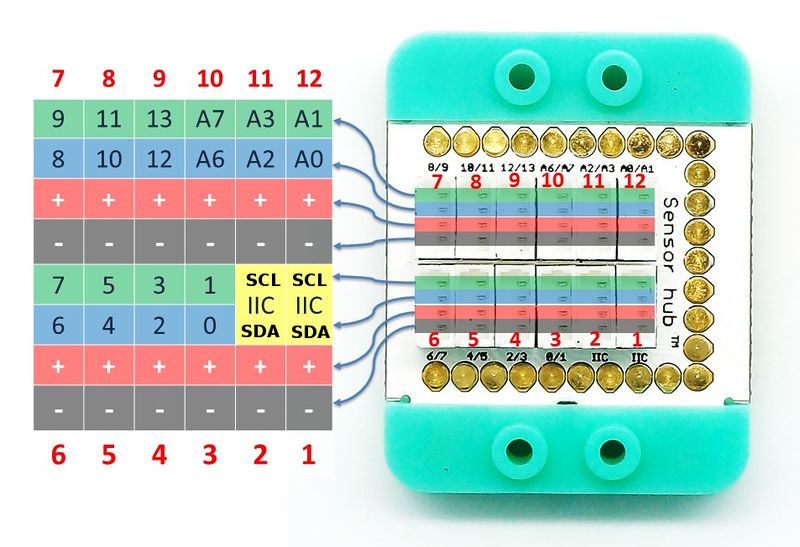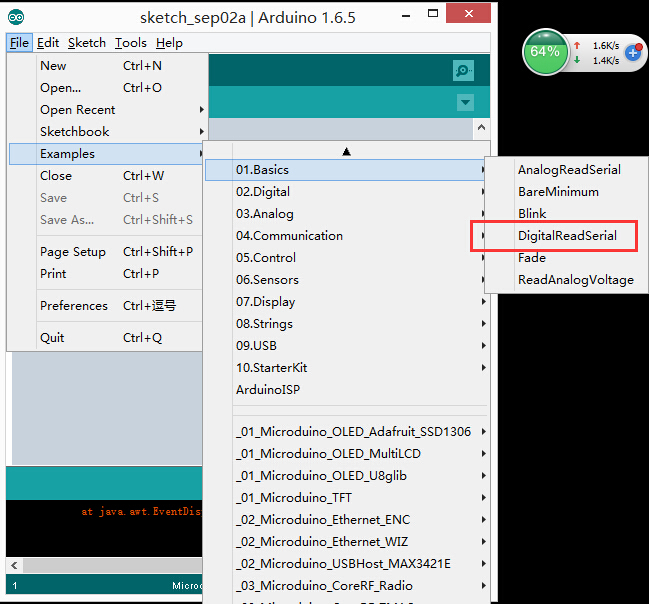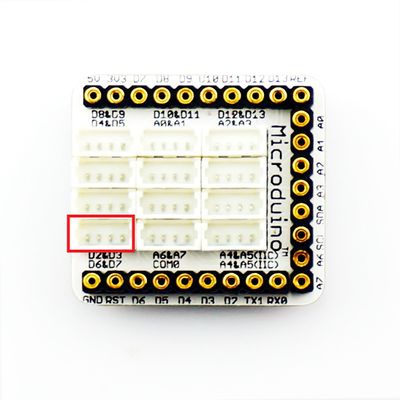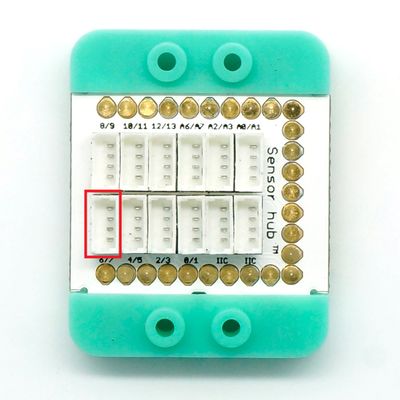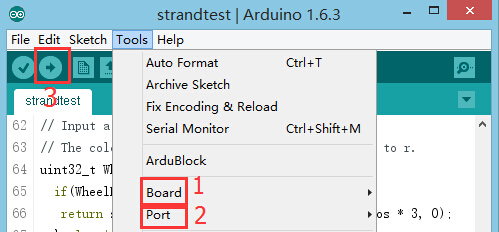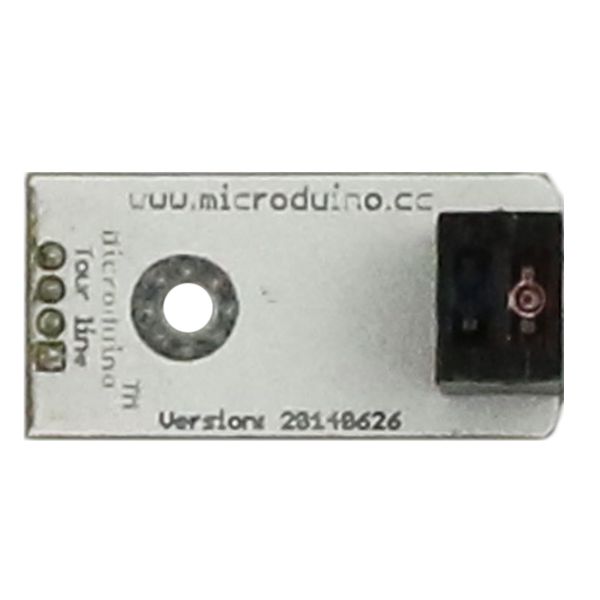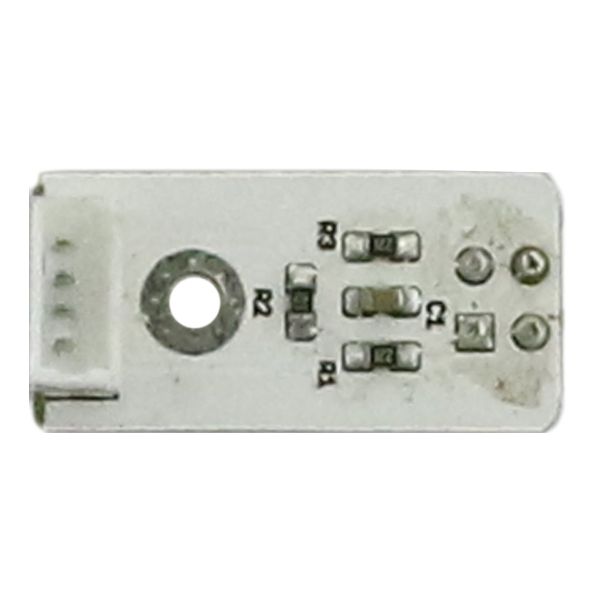Difference between revisions of "Sensor-Line Finder"
From Microduino Wiki
(Created page with "{{Language|Microduino-Line-track }} {| style="width: 800px;" |- | 400px|thumb|right| Microduino-Line-track Microduino-Line-track is infrar...") |
|||
| Line 3: | Line 3: | ||
|- | |- | ||
| | | | ||
| − | [[File: Microduino-Line_track.jpg|400px|thumb|right| | + | [[File: Microduino-Line_track.jpg|400px|thumb|right| Sensor-Line Finder]] |
| − | + | The product number of Sensor-Line Finder is: '''MSDI41''' | |
| − | The | + | Sensor-Line Finder is an IR reflection sensor module, which can serve as line finder. |
| + | |||
| + | The principle of black line detection is: the infrared emitting tube emits light ray to the surface of the road, the IR light will be reflected when touching the white road, and the receiving tube will receive the reflecting light. | ||
Revision as of 08:25, 10 November 2016
| Language: | English • 中文 |
|---|
|
The product number of Sensor-Line Finder is: MSDI41 Sensor-Line Finder is an IR reflection sensor module, which can serve as line finder. The principle of black line detection is: the infrared emitting tube emits light ray to the surface of the road, the IR light will be reflected when touching the white road, and the receiving tube will receive the reflecting light.
ContentsInstruction of the Sensor Pin
Features
Specification
Document
DevelopmentPreparation
Program
Hardware Setup
ApplicationIt can be used to detect obstacles and infrared emission, as a line finding sensor.
PurchaseHistoryGallery
|
